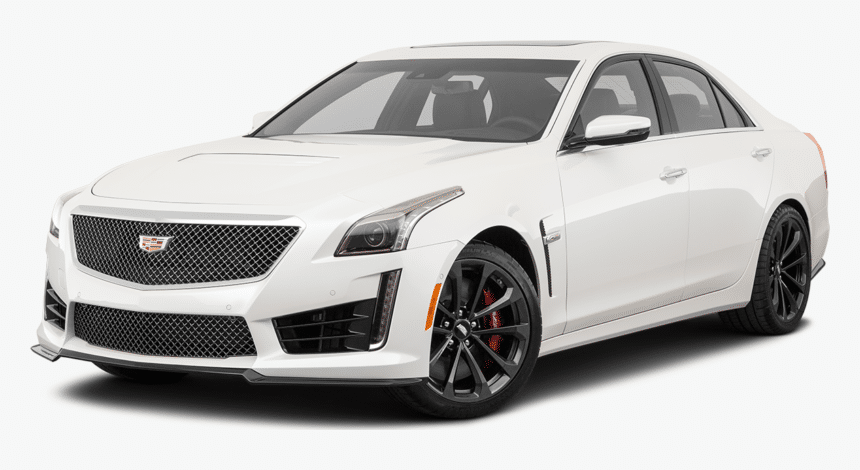The best transmission fluid for Subaru WRX cars is a synthetic ATF (automatic transmission fluid). This type of fluid provides superior performance and protection in extreme temperatures, and it’s also designed to extend the life of your car’s transmission. When choosing a synthetic ATF for your Subaru WRX, make sure to select one that’s compatible with your car’s specific model year.
2015 2016 2017 2018 2019 2020 2021 Subaru WRX Transmission Fluid Type And Transmission Fluid Capacity
| Transmission | Fluid capacity | Fluid type |
| TY751 manual transmission | 3.3 liters (3.5 quarts or 7 pints) | Subaru Extra MT, GL-5 SAE 75W-90 |
| TY856 manual transmission (STI) | 4.1 liters (4.3 quarts) | Subaru Extra MT, GL-5 SAE 75W-90 |
| TR690 automatic transmission | Total Fill 12.4 liters (13.1 quarts) | VTF22 |
To keep your Subaru WRX’s transmission running smoothly, it’s important to change the fluid regularly. Depending on how often you drive and the conditions in which you typically drive, you may need to change your fluids more or less frequently. However, as a general rule of thumb, it’s best to change your transmission fluid every 30,000 miles or so. If you notice any unusual noises or behaviors from your car’s transmission, be sure to have it checked out by a qualified mechanic as soon as possible.
By following these simple tips, you can help ensure that your Subaru WRX’s transmission stays healthy and performs at its best. Do you have any other tips for keeping your car’s transmission in top condition? Share them with us in the comments below!















